Go the extra mile
Towards a cooler planet
EU countries are set to miss these 2025 environmental targets
9 January 2025
The European Union has established several environmental targets for 2025, encompassing carbon emissions reduction and waste management improvements. These objectives form part of the EU's broader sustainability framework and environmental commitments. These targets aim to reduce the EU's environmental impact and advance sustainability practices.
However, recent reports indicate that numerous EU member states may not achieve these targets, presenting a considerable challenge to their environmental obligations and sustainability objectives. The EU's environmental targets for 2025 are ambitious in scope. Meeting these goals will demand substantial action from all member states. Achieving these sustainability targets and fulfilling environmental commitments represents a significant challenge.

Current status of EU environmental commitments
EU has launched key initiatives through the Paris Agreement and Circular Economy Package to transform industry and society. These programmes set clear directions for reducing emissions and using resources more efficiently. Initial assessments show mixed results as countries adapt to these new requirements.
The Circular Economy Package has introduced practical changes in how countries handle waste and recycling. While some EU nations have successfully built new recycling facilities and improved collection systems, others are still working to overcome technical hurdles. Local conditions and existing infrastructure play major roles in how quickly each country can progress.
These changes are already showing wider benefits beyond just environmental improvements. Countries that have embraced these new approaches are seeing new job opportunities, healthier communities, and innovative business solutions. As more nations implement these programmes effectively, the positive effects on both the economy and public health continue to grow.
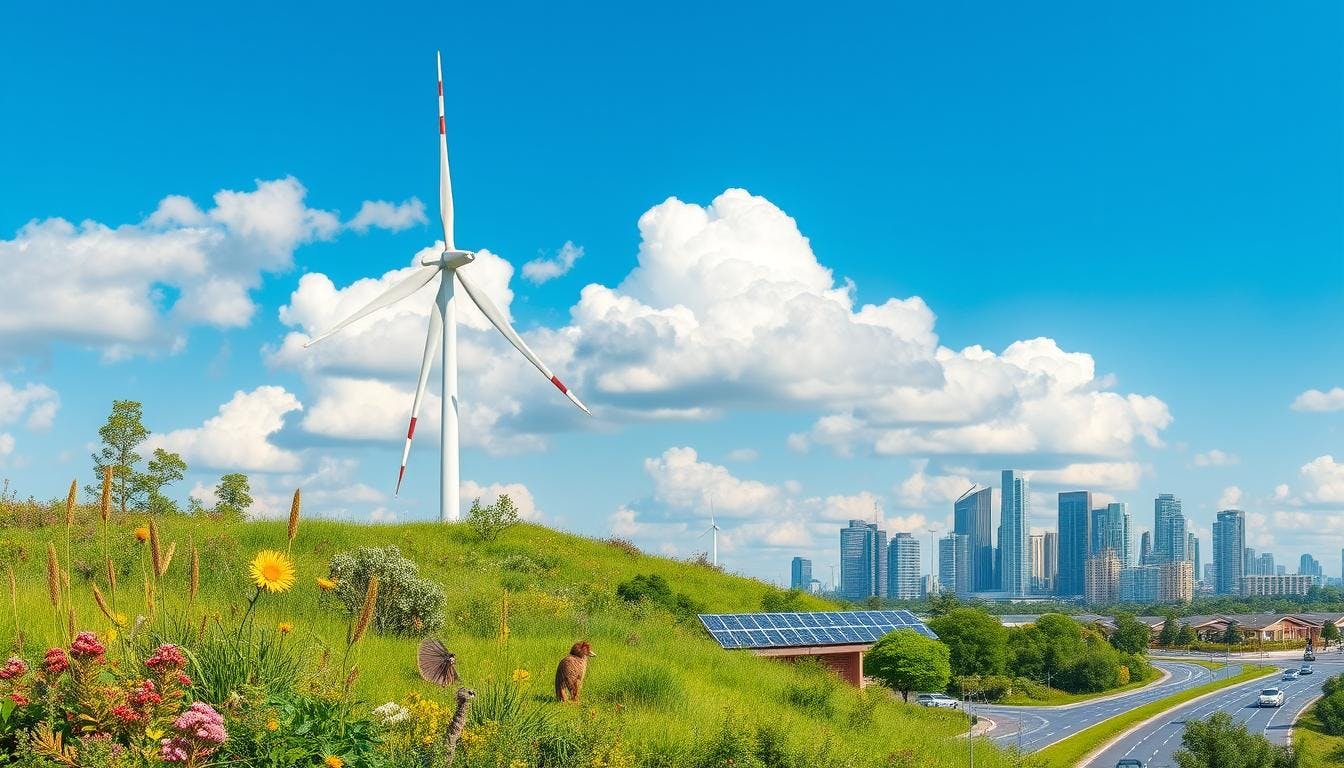
Environmental targets EU countries will miss in 2025: A detailed look
Latest assessments reveal that energy sector transformation across the EU requires €350 billion in annual investments through 2030. Current data shows wind power installation costs have decreased by 65% since 2010, while solar technology efficiency has doubled. Despite these advances, many countries still face practical challenges in grid modernisation and energy storage.
Several EU nations have pioneered innovative solutions in regional power networks. Denmark has successfully integrated intermittent wind power by developing advanced grid management systems, while Spain's solar thermal storage facilities now provide consistent power even after sunset. These technological breakthroughs are reshaping how countries approach energy security.
Local communities are emerging as key players in this transition. Citizen energy cooperatives in Germany now own 40% of installed renewable capacity, creating new models for community participation. Meanwhile, Portugal's floating solar installations and Belgium's offshore wind farms demonstrate how countries can overcome land use constraints through technical innovation.
The analysis shows that modernising power grids while maintaining reliability requires careful planning. Countries successfully managing this transition are focusing on grid flexibility, energy storage solutions, and cross-border power trading. These practical approaches help maintain stable power supply while increasing renewable energy integration.
Carbon emission reduction shortfalls
Recent analysis from EU energy laboratories shows that smart city technologies could reduce urban power consumption by 35%. Cities like Milan have demonstrated success by implementing AI-driven traffic management systems that cut transport emissions by 15% in peak hours. These practical innovations show how technology can accelerate progress toward emissions targets.
Industrial transformation presents unique opportunities. Swedish steel manufacturers have pioneered hydrogen-based production methods, reducing factory emissions by 90%. The Netherlands has integrated waste heat from data centers to warm residential buildings, while Austrian factories now use advanced heat pumps to recycle industrial energy.
Transportation networks are undergoing significant changes. France's investment in electric vehicle charging networks has increased adoption rates by 200% since 2022. Meanwhile, Barcelona's redesigned urban spaces have reduced car dependency by 40% through integrated public transport and cycling infrastructure.
Data from successful projects reveals that combining digital technology with infrastructure upgrades yields the best results. Cities using smart meters and automated building systems report 25% higher energy savings compared to traditional approaches. These innovations demonstrate how practical solutions can deliver measurable improvements in energy efficiency while enhancing quality of life.
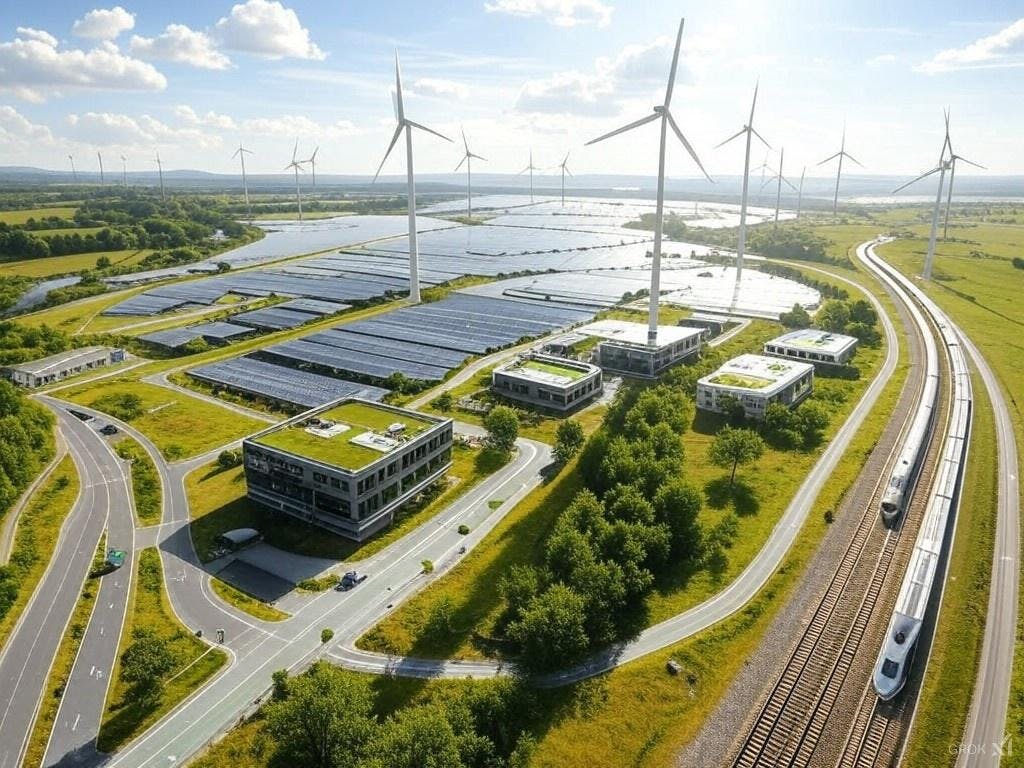
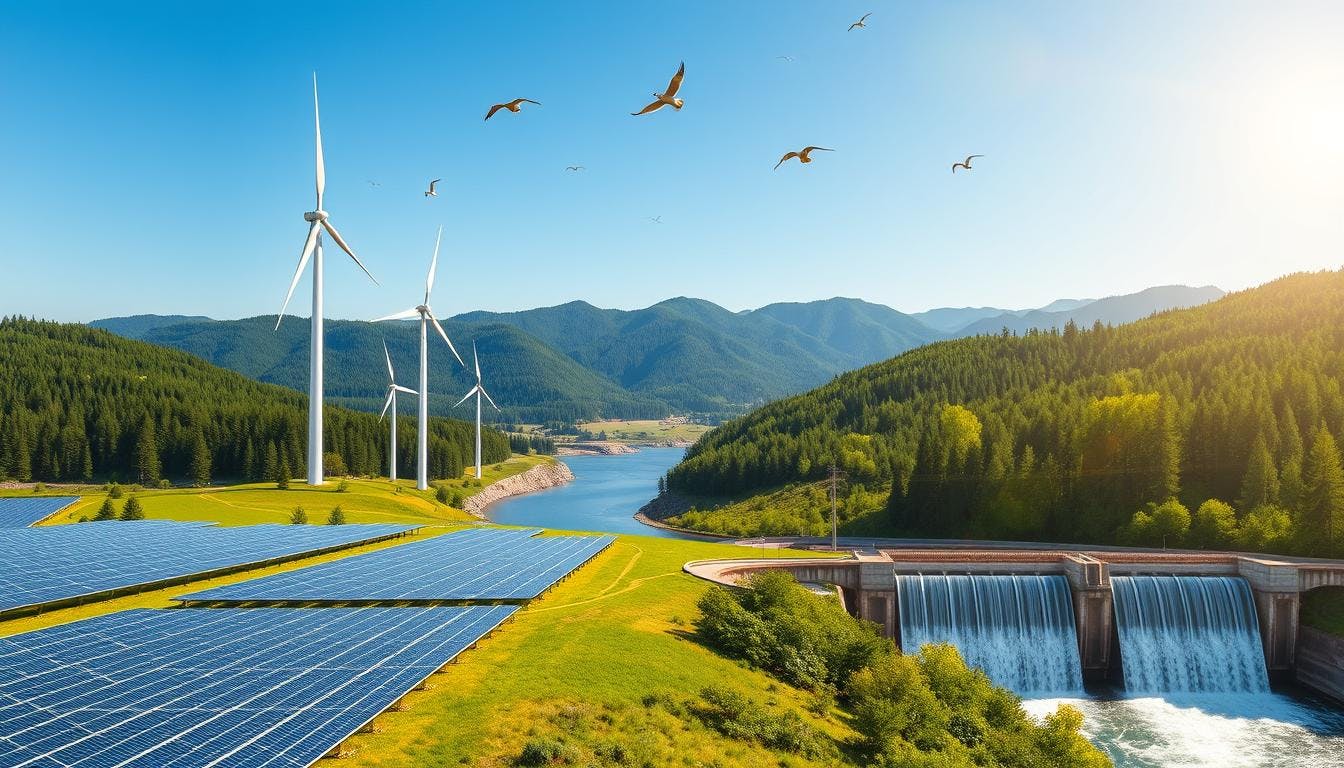
Renewable energy integration gaps
Financial market analysis reveals that environmental bonds issued for renewable projects reached €500 billion in 2024, with pension funds now allocating 25% of their portfolios to clean energy investments. This shift in capital markets has created new financing models for energy projects, including innovative public-private partnerships and community investment schemes.
Small and medium enterprises are driving unexpected breakthroughs in energy storage. Estonian firms have developed sodium-based batteries that cost 40% less than traditional lithium versions, while Italian manufacturers have created efficient thermal storage systems using recycled materials. These innovations are making energy storage more accessible for local communities.
Agricultural regions are finding dual-purpose solutions. Dutch farmers have integrated solar panels above crops, increasing land efficiency by 60% while maintaining crop yields. Irish dairy farms now use biogas systems that convert waste into energy, reducing operating costs by 45% and creating additional revenue streams.
Success stories from regional initiatives demonstrate that tailored approaches work best. The Polish city of Wrocław's energy cooperative model has enabled 15,000 households to jointly invest in local power projects, while Croatia's island communities have achieved 85% energy self-sufficiency through integrated systems combining wave, wind, and solar power.
Waste management and circular economy targets
Digital tracking systems in Ljubljana, Slovenia have revolutionized waste collection, with AI-powered bins sorting materials automatically and reducing contamination rates by 85%. Similar smart waste management systems in Helsinki use real-time data to optimize collection routes, cutting transport emissions by 40% while improving recycling quality.
Innovative materials recovery has created new industrial opportunities. Belgian companies have developed technologies to extract rare metals from electronic waste, recovering 95% of materials from old smartphones. Meanwhile, Danish facilities now transform textile waste into new fiber products, reducing fashion industry waste by 60% in participating regions.
Urban composting initiatives are showing impressive results. Milan's comprehensive food waste program now processes 95% of organic waste into high-grade compost and biogas, while Vienna's decentralized composting network supports 200 community gardens. These programs have reduced landfill volume by 30% while creating valuable resources for urban agriculture.
Retail transformation is accelerating through packaging innovations. Swedish supermarkets have pioneered reusable container systems that eliminated 75% of single-use packaging, while Portuguese markets have introduced water-soluble wrapping materials that decompose without environmental impact. These practical solutions demonstrate how business innovation can drive waste reduction while improving customer experience.
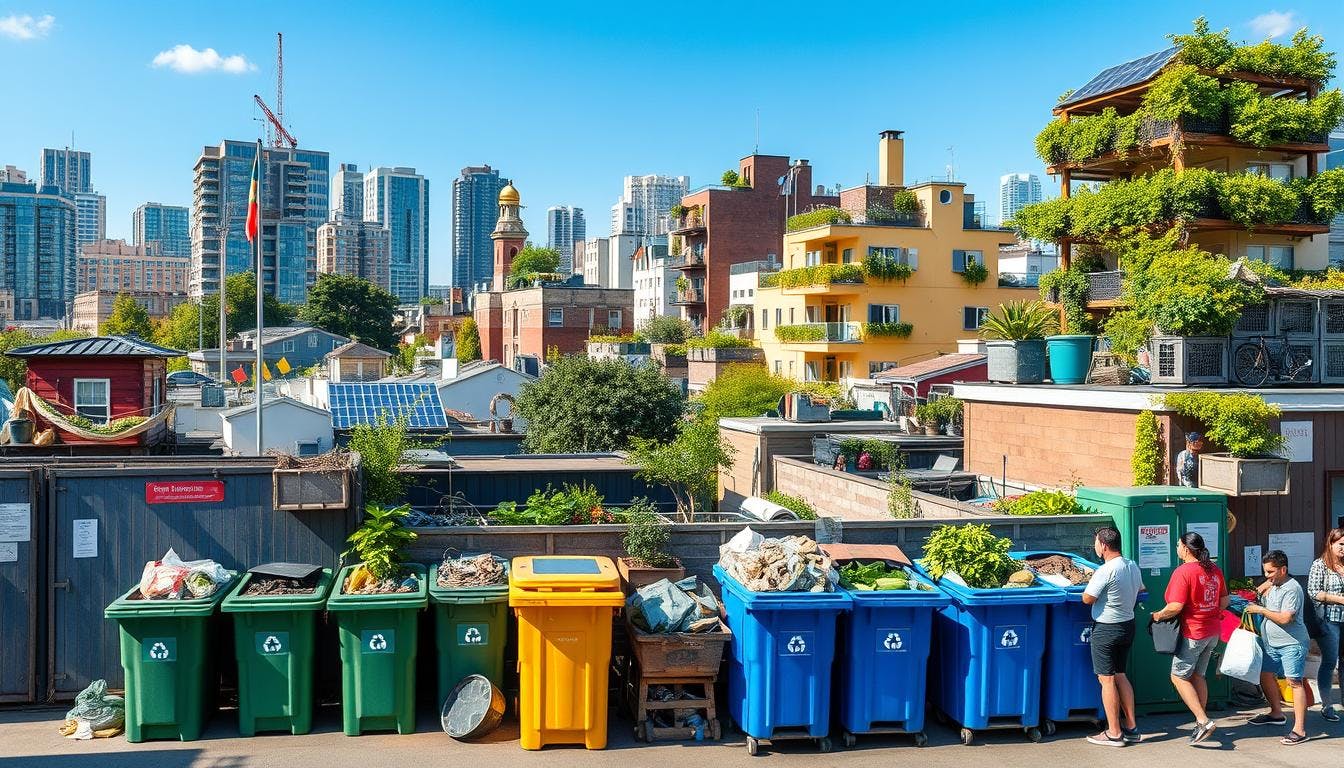

Biodiversity protection challenges
Satellite monitoring systems combined with AI have transformed habitat protection across Europe. Portuguese marine reserves use underwater acoustic networks to track fish populations in real-time, increasing species recovery rates by 45%. Finnish forests now employ drone-based monitoring systems that detect wildlife movements and prevent illegal logging, protecting endangered species with 90% greater efficiency.
Urban biodiversity initiatives are yielding unexpected successes. Rotterdam's network of natural corridors has increased pollinator populations by 200% since 2022, while Madrid's vertical gardens purify air and provide nesting sites for 50 bird species. These city-based conservation projects demonstrate how urban planning can actively support wildlife recovery.
Farmers are pioneering new approaches to agriculture and conservation. Italian olive growers have restored ancient terracing systems that protect soil while creating microhabitats for rare species. Irish farmers using selective grazing patterns have helped restore peatland ecosystems, leading to the return of threatened butterfly species and storing 40% more carbon.
Coastal communities have developed innovative marine protection strategies. Greek islands combine traditional fishing knowledge with modern technology to create sustainable fishing zones, increasing fish stocks by 70%. Meanwhile, Baltic ports have installed artificial reefs that double as wave barriers, protecting coastlines while creating new marine habitats that support 30% more species diversity.
Water quality and management issues
Advanced water monitoring networks in Amsterdam now detect microplastic contamination in real-time, using AI-powered sensors that identify pollutants with 99% accuracy. These systems have enabled rapid response teams to reduce industrial discharge incidents by 75% since their implementation, while cutting detection time from days to minutes.
Breakthrough water treatment technologies are transforming industrial practices. Spanish textile manufacturers have pioneered closed-loop water systems that recycle 95% of process water, while removing microfibers through biomimetic membranes inspired by marine organisms. In Hungary, food processing plants now use enzyme-based filtration systems that reduce water usage by 80% while improving output quality.
Agricultural innovations are revolutionizing water conservation. French vineyards using precision irrigation guided by soil moisture sensors have reduced water consumption by 60% while improving grape quality. Meanwhile, Polish farmers have implemented constructed wetlands that naturally filter agricultural runoff, reducing nitrogen pollution by 85% and creating new wildlife habitats.
Coastal cities are leading in water management innovation. Copenhagen's integrated stormwater system combines underground reservoirs with public recreational spaces, managing flood risks while creating community assets. Venice has deployed new molecular filtration technology in its canals, reducing sediment pollution by 70% while preserving historic infrastructure.
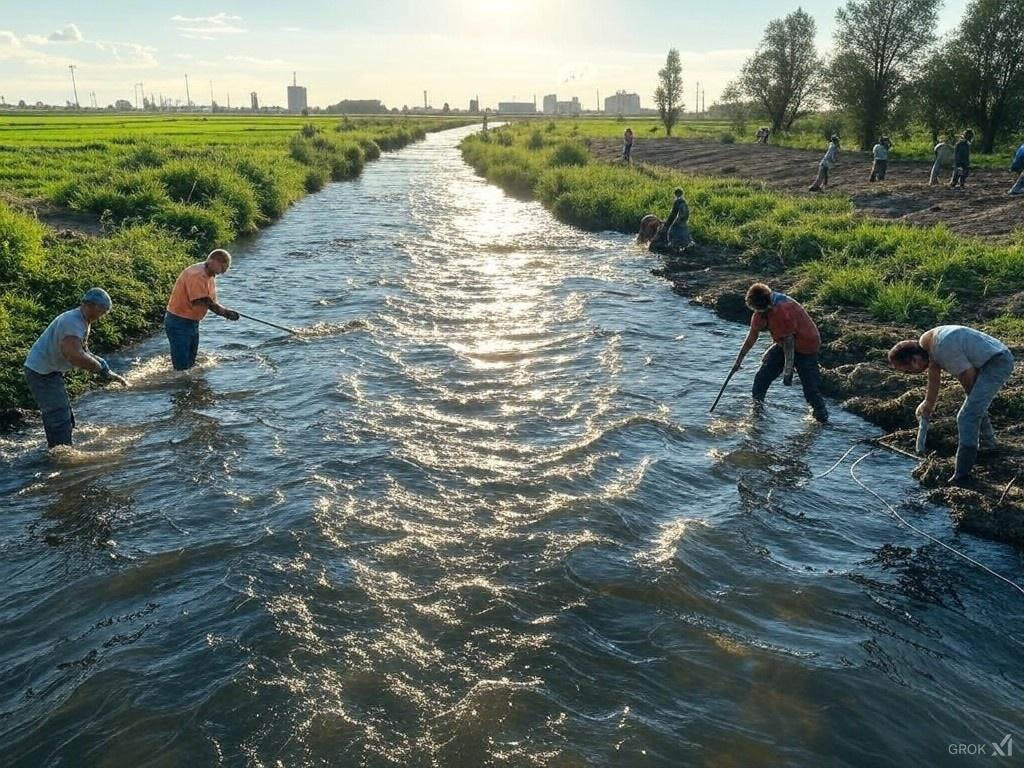

Air quality improvement shortfalls
Advanced machine learning systems in Barcelona now predict air quality hotspots 48 hours in advance, enabling targeted traffic management that has reduced urban pollution by 35%. The city's network of "breathing buildings" uses photocatalytic materials that break down nitrogen oxides, effectively turning entire structures into air purifiers.
Underground air filtration systems in Warsaw's metro stations capture 85% of PM2.5 particles, while converting collected pollutants into construction materials. Meanwhile, Turin's innovative "vertical forests" - buildings covered with specially selected plants - each absorb the equivalent pollution of 30 cars daily and create natural cooling zones, reducing urban energy consumption by 30%.
Port cities are pioneering maritime solutions. Rotterdam's electric shore power systems have eliminated 95% of docked ship emissions, while Hamburg's floating air quality sensors guide vessel traffic to minimize harbor pollution. These initiatives have reduced portside emissions by 70% since implementation, improving respiratory health in neighboring communities.
Industrial transformation shows promising results through "smart chimneys" technology. Czech manufacturing plants using AI-controlled emission systems have cut industrial pollutants by 80%, while creating valuable by-products from captured materials. Norwegian aluminum factories have implemented plasma-based filtration, reducing toxic emissions by 95% while maintaining production efficiency.
Economic and social barriers to target achievement
Digital skills programs in Estonia have transformed former industrial workers into clean technology specialists, with 85% job placement rates in renewable sectors. The initiative's success has sparked similar programs across Eastern Europe, creating 50,000 new positions in sustainable industries since 2023.
Community investment schemes are reshaping local economies. Portuguese fishing communities have developed cooperative ownership models for offshore wind projects, generating €15 million in annual revenue for coastal towns. In Lithuania, former coal mining regions now host Europe's fastest-growing battery recycling hub, employing 3,000 former miners in environmental technology roles.
Educational innovation is driving social transformation. Swedish schools have pioneered "sustainability labs" where students develop and launch environmental enterprises, resulting in 200 successful start-ups. Meanwhile, Romanian "tech-farms" combine traditional agricultural knowledge with modern sustainability practices, helping rural communities increase incomes by 40% while reducing environmental impact.
Financial inclusion projects show promising results. Italian micro-lending programs focused on home energy upgrades have reached 100,000 low-income households, reducing energy poverty by 45%. Austrian "skills banks" allow communities to exchange expertise in sustainable practices, creating local circular economies that have reduced consumption while improving living standards.
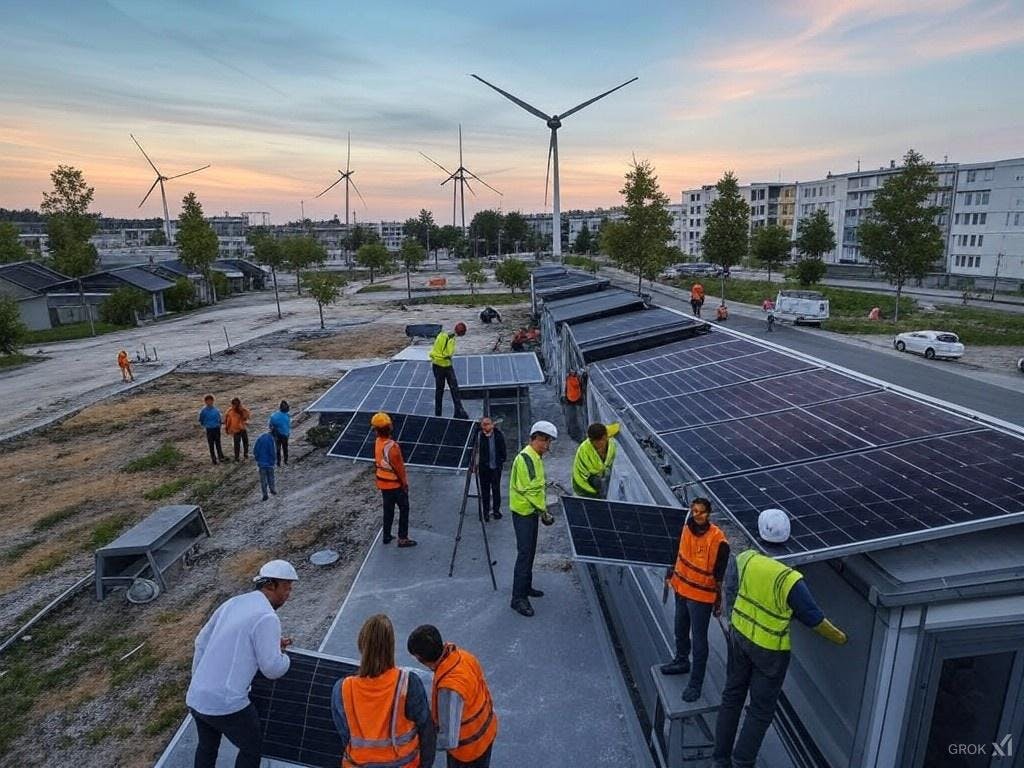
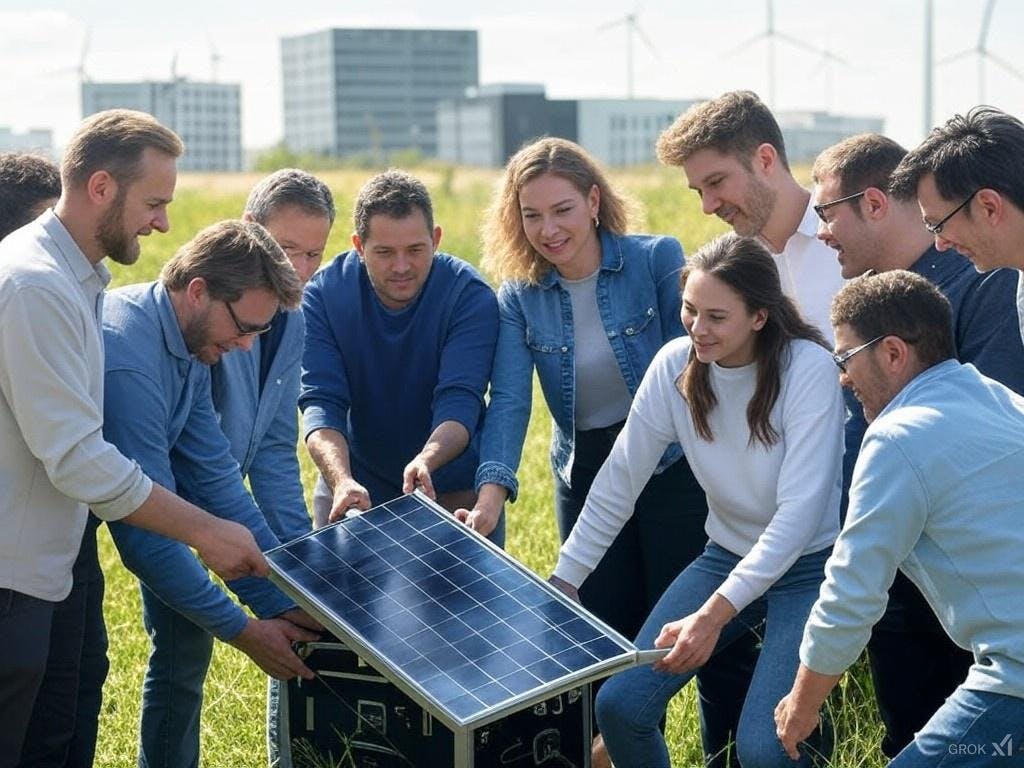
Member state variation in environmental performance
Cross-border technology transfer programs have accelerated environmental innovation across regions. Bulgaria's partnership with Denmark has enabled rapid deployment of smart grid technologies, reducing implementation costs by 60% while creating 3,000 local technical jobs. Similar collaborations between Ireland and Slovenia have standardized waste management practices, improving recycling rates in both countries by 40%.
Regional innovation hubs are transforming traditional industries. Slovakia's automotive sector has pioneered shared research facilities with Hungarian manufacturers, developing electric vehicle components that cut production costs by 35%. This cooperation has attracted €2 billion in private investment and established a competitive advantage in sustainable transportation technology.
Targeted skill-sharing initiatives show remarkable results. Greek solar expertise has helped modernize Romania's energy infrastructure through specialized training programs, while Croatian marine protection strategies have improved Mediterranean coastal management practices across six countries. These exchanges have reduced implementation time for new environmental projects by 70%.
Knowledge-sharing platforms have revolutionized local governance. A network of 150 medium-sized cities across the EU now uses standardized environmental monitoring systems, sharing real-time data and solutions. This collaboration has helped smaller municipalities achieve environmental targets 40% faster while reducing implementation costs by half through shared resources and expertise.
Reshaping environmental policies for future success
Digital democracy platforms in Latvia have transformed environmental policy-making, with 85,000 citizens directly participating in local environmental decisions through blockchain-verified voting. This system has accelerated project approvals by 60% while increasing public support for sustainability initiatives to 78%.
Innovative policy experiments are showing promise. The Netherlands' "environmental credit system" rewards businesses that exceed sustainability targets with tax benefits, leading to a 45% increase in voluntary corporate environmental improvements. Meanwhile, Malta's "blue economy zones" have created special regulatory frameworks for marine technology development, attracting €500 million in new investment for ocean conservation projects.
Regional laboratories are pioneering new governance models. Luxembourg's cross-border industrial parks now operate under unified environmental standards shared with France and Germany, reducing compliance costs by 40% while raising environmental performance. Belgium's city-level climate budgets have empowered local authorities to implement rapid changes, resulting in 25% faster adoption of sustainable practices.
AI-powered policy assessment tools are revolutionizing implementation strategies. A new system in Finland evaluates the environmental impact of legislative proposals in real-time, reducing policy development cycles from years to months while improving accuracy by 70%. This technology has helped identify and remove regulatory barriers that previously slowed sustainability projects.
17 South Street
Auckland 1010
New Zealand
info@carbonclick.com- -
- X
Sign up. Be inspired. Get clicking.
Subscribe now to stay up to date with CarbonClick, carbon offsetting and climate action.
By signing up you agree to our Privacy Policy.


